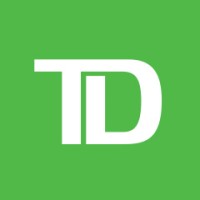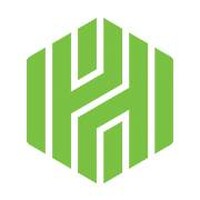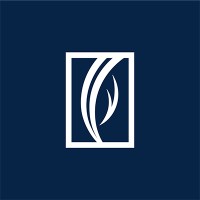Company Cyber Security Posture
NANA
NA Company Details
NA
NA
NA
NA
NA
NA
Scan still pending
NA
NA
Between 200 and 800
This score is AI-generated and less favored by cyber insurers, who prefer the TPRM score.
 NA Global Score
NA Global Score.png)

Company Scoring based on AI Models
| Model Name | Date | Description | Current Score Difference | Score |
|---|---|---|---|---|
| AVERAGE-Industry | 03-12-2025 | This score represents the average cybersecurity rating of companies already scanned within the same industry. It provides a benchmark to compare an individual company's security posture against its industry peers. | N/A | Between 200 and 800 |
Company Cyber Security News & History
| Entity | Type | Severity | Impact | Seen | Url ID | Details | View |
|---|
Company Subsidiaries

NA
Access Data Using Our API

Get company history
.png)
NA Cyber Security News
How Banco de Crédito e Inversiones is making the most of technology in the banking sector
BCI has found that more Chileans were using online banking due to the rise in new technologies such as smartphones. The bank updated its strategy accordingly.

NA Similar Companies

Societe Generale
Societe Generale is one of the leading European financial services groups. Based on a diversified and integrated banking model, the Group combines financial strength and proven expertise in innovation with a strategy of sustainable growth. Committed to the positive transformations of the world’s soc

First Citizens Bank
First Citizens Bank helps personal, business, commercial and wealth clients build financial strength that lasts. Headquartered in Raleigh, N.C., First Citizens has built a unique legacy of strength, stability and long-term thinking that has spanned generations. First Citizens offers an array of gene

TD
The Toronto-Dominion Bank & its subsidiaries are collectively known as TD Bank Group (TD). TD is the sixth largest bank in North America by assets & serves approx. 28 million customers in a number of locations in key financial centres around the globe. With over 95,000 employees, TD ranks among the

Huntington National Bank
Welcome to Huntington. Huntington Bancshares Incorporated (Nasdaq: HBAN) is a $204 billion asset regional bank holding company headquartered in Columbus, Ohio. Founded in 1866, The Huntington National Bank and its affiliates provide consumers, small and middle‐market businesses, corporations, mun

Emirates NBD
About Emirates NBD Emirates NBD (DFM: Emirates NBD) is a leading banking group in the MENAT (Middle East, North Africa and Türkiye) region with a presence in 13 countries, serving over 20 million customers. As at 30th September 2023, total assets were AED 836 billion, (equivalent to approx. USD 2

Crédit Agricole Personal Finance & Mobility
A major consumer credit provider in Europe, Crédit Agricole Consumer Finance operates in 19 countries. Its 9,900 employees support customers by providing the financing they need to undertake their projects. Reflecting the essential social and economic role of consumer credit, Crédit Agricole Consu

Frequently Asked Questions
Explore insights on cybersecurity incidents, risk posture, and Rankiteo's assessments.
NA CyberSecurity History Information
How many cyber incidents has NA faced?
Total Incidents: According to Rankiteo, NA has faced 0 incidents in the past.
What types of cybersecurity incidents have occurred at NA?
Incident Types: The types of cybersecurity incidents that have occurred include .
Additional Questions
What Do We Measure?
















Every week, Rankiteo analyzes billions of signals to give organizations a sharper, faster view of emerging risks. With deeper, more actionable intelligence at their fingertips, security teams can outpace threat actors, respond instantly to Zero-Day attacks, and dramatically shrink their risk exposure window.
These are some of the factors we use to calculate the overall score:
Identify exposed access points, detect misconfigured SSL certificates, and uncover vulnerabilities across the network infrastructure.
Gain visibility into the software components used within an organization to detect vulnerabilities, manage risk, and ensure supply chain security.
Monitor and manage all IT assets and their configurations to ensure accurate, real-time visibility across the company's technology environment.
Leverage real-time insights on active threats, malware campaigns, and emerging vulnerabilities to proactively defend against evolving cyberattacks.




